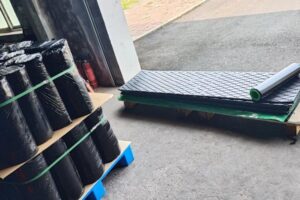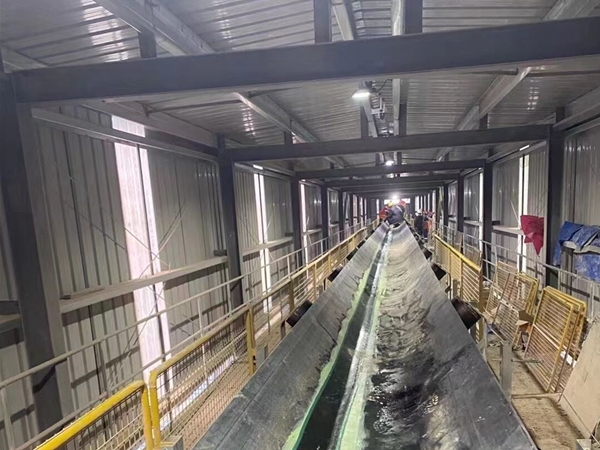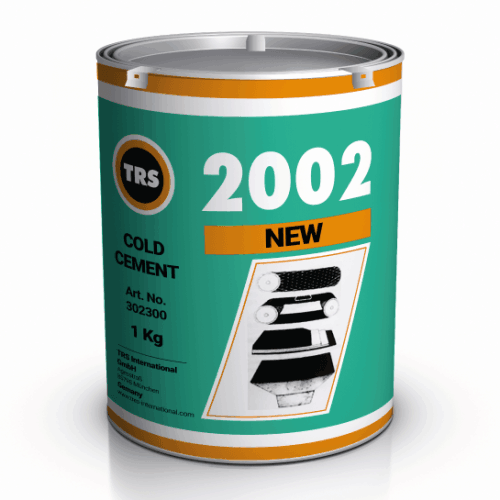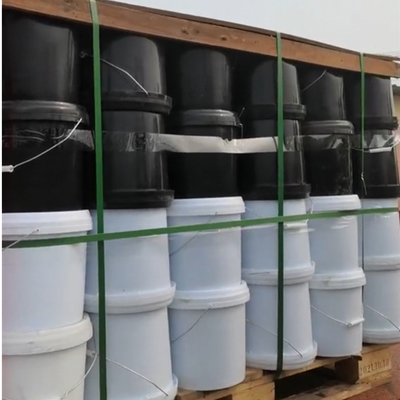Conveyor pulley lagging is an important component of belt conveyor systems, offering essential protection for pulleys and significantly enhancing operational efficiency. Selecting the correct lagging thickness ensures optimal performance, reduces downtime, and extends the life of your conveyor system.
What is Conveyor Pulley Lagging?
Conveyor pulley lagging refers to the protective covering applied to conveyor pulley surfaces. This lagging improves friction between the pulley and conveyor belt, thus effectively preventing belt slippage and misalignment. Additionally, pulley lagging protects metal pulleys against abrasion, corrosion, and material adhesion, substantially enhancing the longevity and reliability of conveyor systems.
Popular pulley lagging materials include:
Diamond Rubber Pulley Lagging
Plain Rubber Pulley Lagging
Ceramic Pulley Lagging
Each type of lagging has specific advantages and is available in various thicknesses designed to meet different operational demands.
Why Conveyor Pulley Lagging Thickness Matters
Selecting a suitable thickness for pulley lagging is crucial. An optimal thickness ensures:
Enhanced traction between the belt and the pulley
Reduced belt slippage and misalignment
Decreased belt wear and maintenance frequency
Extended pulley and belt lifespan
Improved operational efficiency and cost-effectiveness
On the other hand, improper thickness selection—especially lagging that is excessively thick—can introduce unnecessary rebound forces, causing premature peeling of the lagging material and additional stress on conveyor components.
Standard Thickness Recommendations Based on Pulley Diameter
To simplify pulley lagging selection, the following guidelines are recommended, based on common industry standards:
| Pulley Diameter | Pulley Lagging Thickness |
|---|---|
| ≤ 630mm | 10mm |
| 630mm – 800mm | 12mm |
| 800mm – 1000mm | 15mm |
| ≥ 1000mm | 20mm |
Diamond Rubber Pulley Lagging and Plain Rubber Pulley Lagging types are most commonly available in thicknesses of 10mm,12mm,15mm, and 20mm. For general conveyor belt applications, diamond pulley lagging is preferred due to its superior frictional properties, particularly in wet or abrasive environments.
Ceramic pulley lagging is specifically engineered for high abrasion resistance and extreme operating conditions, such as heavy-duty mining applications. Common ceramic lagging thicknesses are: 12mm,15mm,20mm. The ceramic tiles embedded in a rubber backing offer superior grip and durability, making them ideal for high-tension conveyor applications and harsh operating environments.
Important Considerations When Selecting Pulley Lagging Thickness
When deciding on pulley lagging thickness, industry professionals also need to consider:
Pulley Diameter and Belt Speed: Larger pulleys typically require thicker lagging to adequately handle increased loads and frictional forces.
Material Characteristics: Consider lagging resilience, abrasion resistance, and friction properties. Choose thicknesses that balance protection with durability.
Operating Conditions: Heavy-duty, abrasive, or high-tension environments demand thicker and more robust lagging solutions, such as ceramic lagging.
Avoid Excessive Thickness: Overly thick lagging can negatively impact conveyor performance due to excessive rebound force, resulting in premature delamination.
Recommended Practices for Optimal Conveyor Pulley Lagging Installation
Proper Surface Preparation: Always grind and clean pulley surfaces before applying lagging to ensure maximum adhesion.
Adhesive Selection: Use a high-quality cold vulcanizing adhesive or hot vulcanizing method to secure lagging firmly and reliably.
Regular Inspections: Routinely check lagging for signs of wear or delamination. Prompt maintenance extends operational life and ensures safety.
Conclusion: Proper selection and installation of conveyor pulley lagging thickness significantly enhance conveyor belt performance and reliability. By following industry-standard guidelines and considering operational parameters, maintenance professionals can maximize the lifespan and efficiency of conveyor systems, resulting in reduced downtime, lower maintenance costs, and improved productivity. For tailored advice on pulley lagging solutions, including diamond rubber, plain rubber, and ceramic pulley lagging, please contact our experienced technical team.




